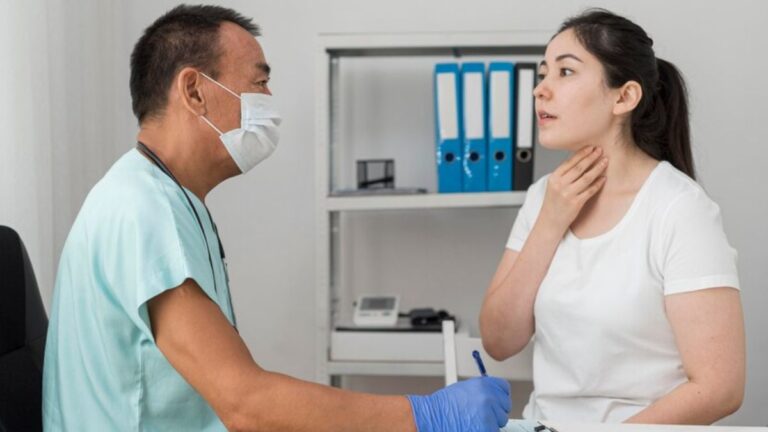How to Ensure Accuracy and Safety in Compounding Formulations
Compounding formulations are vital in the pharmaceutical world. They allow pharmacists to create personalized medications tailored to a patient’s unique needs. However, with this responsibility comes the need for precision and safety.
Don’t worry, we’re here to help. In this guide, we will look at some tips and practices to help you deal with the challenges of compounding formulas. This can help protect both the patient and the pharmacist.
Ready to enhance your skills and guarantee safe, effective formulations? Let’s get started!
Adhere to Standard Operating Procedures
These procedures provide a clear framework for pharmacists to follow. It ensures consistency and quality in their formulations.
Following SOPs helps pharmacists reduce errors and improve medication safety. It also helps maintain compliance with regulatory requirements.
From selecting ingredients to mixing and packaging, every step needs to follow the designated SOPs. If you stray from them, write it down and report it right away.
Conduct Thorough Patient Consultations
Talking with patients helps pharmacists learn about their needs and health issues. Asking open-ended questions is key because it gets patients to talk about their symptoms and worries.
Additionally, paying attention helps gather important details such as:
- possible allergies
- bad reactions to meds
- current meds
- medical history
It’s also good to explain how compounding works to build trust. Ensure patients are informed about their medications, including potential side effects and expected outcomes.
This is especially important when using tacrolimus eye drops. Patients should understand the dosage and application techniques as they can impact the effectiveness of treatment.
Remember, good consultations lead to safer and better compounding practices. So take your time and listen carefully.
Proper Labeling and Record-Keeping
Labeling is essential for compounding formulations. It ensures the correct medication is given to the right patient. Make sure that the labels include:
- patient’s name
- prescriber’s name
- medication name and strength
- dosage instructions
- expiry date
Also, ensure to record all steps taken during the compounding process. This will help in case of any issues or recalls. Plus, it’s a legal and regulatory requirement.
Use High-Quality Ingredients
The effectiveness of a medication depends a lot on the quality of its components. Using low-quality ingredients can result in treatments that don’t work or cause bad reactions.
Always get ingredients from trusted suppliers. Be sure to look for certifications and quality checks. It’s also key to check ingredients when they arrive for any damage or contamination.
By focusing on quality, pharmacists can make sure their medications are safer and work better for patients.
Perform Routine Quality Control Checks
These checks are about making sure that each formulation is up to the set quality and potency standards. The best compounding pharmacy must test its ingredients and final products to ensure effectiveness.
This includes looking at the appearance, consistency, and label accuracy of medications. Keeping a schedule for these checks helps spot any possible problems early.
Plus, it helps pharmacists make any necessary adjustments to their formulations.
Tips to Ensure Safety in Compounding Formulations
Ensuring accuracy and safety in compounding formulations is essential. With these practices in mind, pharmacists can provide better care for their patients.
Remember, precision and attention to detail are critical in this line of work. So take your time, be diligent, and prioritize the safety of your patients today! Who knows, your next compounding job may just save a life.
Did you find this article helpful? Check out the rest of our blog now!







